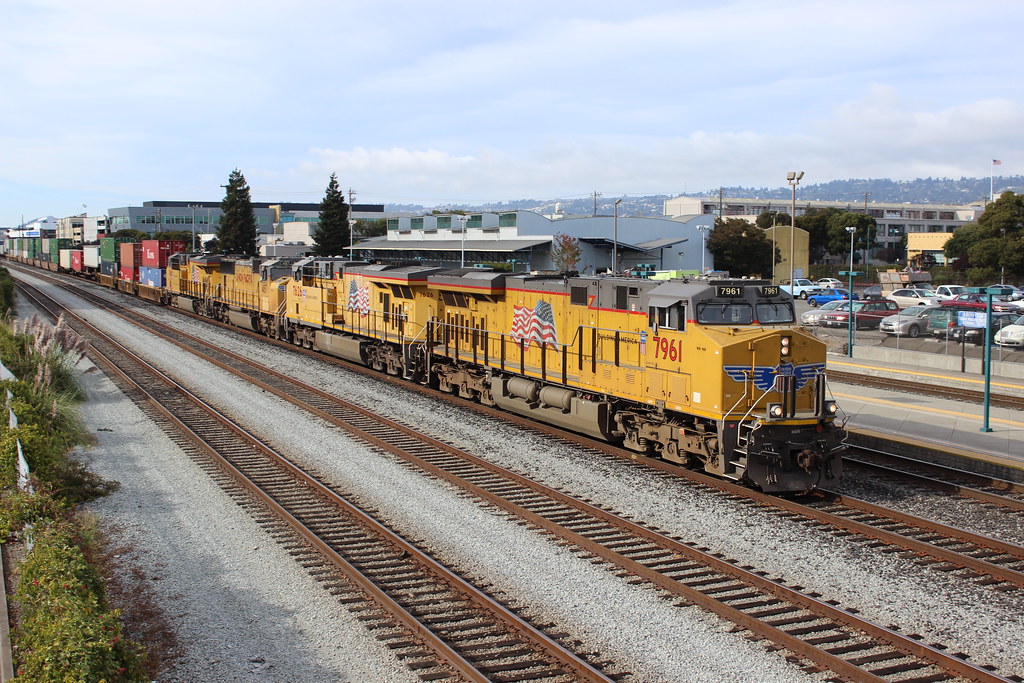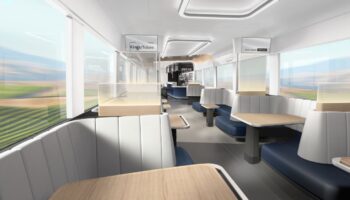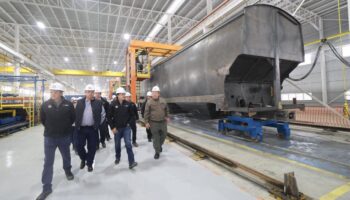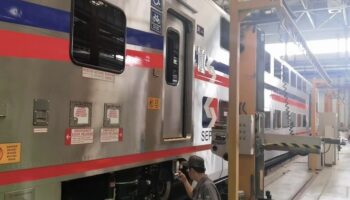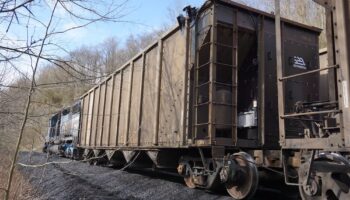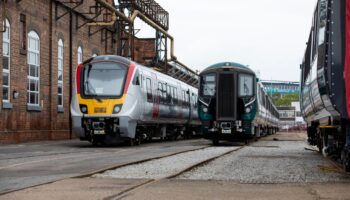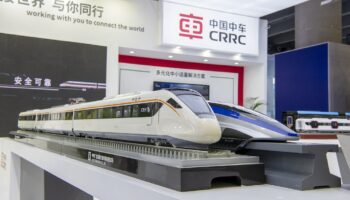USA: Last week California Air Resources Board (CARB) approved a rule that will ban diesel locomotives more than 23 years old from operating in the state from 2030. At the same time, shunting and mainline passenger locomotives manufactured after 2030, and mainline freight locomotives produced after 2035, will have to operate in a zero-emission mode when in California. However, the initiative still has to receive federal approval.
A ban on idling for more than 30 minutes for diesel locomotives equipped with an automatic shutoff is scheduled to be introduced as soon as next year. In addition, starting in 2024, operators are expected to be required to pay fees, the amount of which will depend on the emissions produced by their locomotive fleet in California. They would then be able to use this money to switch to alternative traction.
The new rule has come under criticism from the railway community. For example, Kristen South, a Senior Director of Corporate Communications & Media Relations at Union Pacific (UP), one of the country’s largest operators, said the initiative is unrealistic and a balanced solution must be sought according to the current state of technology. UP has already invested $1 bln to upgrade locomotives and test battery-powered engines, she said. The operator has previously announced plans to reduce greenhouse gas emissions from locomotives by 26% by 2030 and to switch completely to “zero-emission” traction by 2050. In turn, the Association of American Railroads (AAR) also noted that the rule ignores the current state of development of alternative traction and infrastructure for it.
It is worth noting that California is the only state in the US that, under the federal Clean Air Act, can independently develop a regulatory framework to limit engine emissions from various vehicles. However, in order to approve regulatory changes at the state level and replicate them nationwide, California must obtain approval from the Environmental Protection Agency (EPA).
Currently, major US manufacturers – Progress Rail and Wabtec – are working on several models of locomotives with alternative traction, mostly battery-powered. Thus, there are 5 modifications of EMD Joule battery-powered locomotives in the Progress Rail portfolio. One of them – SD40JR – with a battery capacity of 4 MWh was ordered in November 2020 by Pacific Harbor Line, which provides shunting services on the access lines to ports of California. In turn, Wabtec also developed a FLXdrive battery locomotive and is working on the possibility of using hydrogen traction. However, orders for such vehicles in the US have not yet gone beyond pilot and small series.



